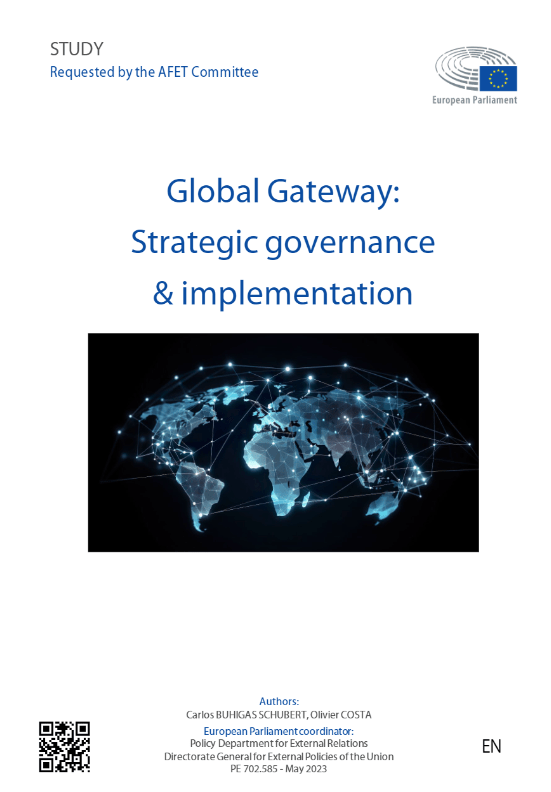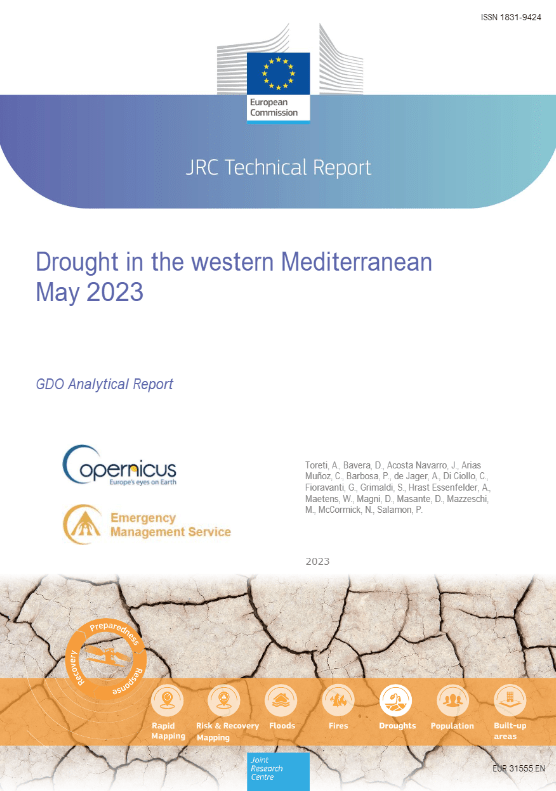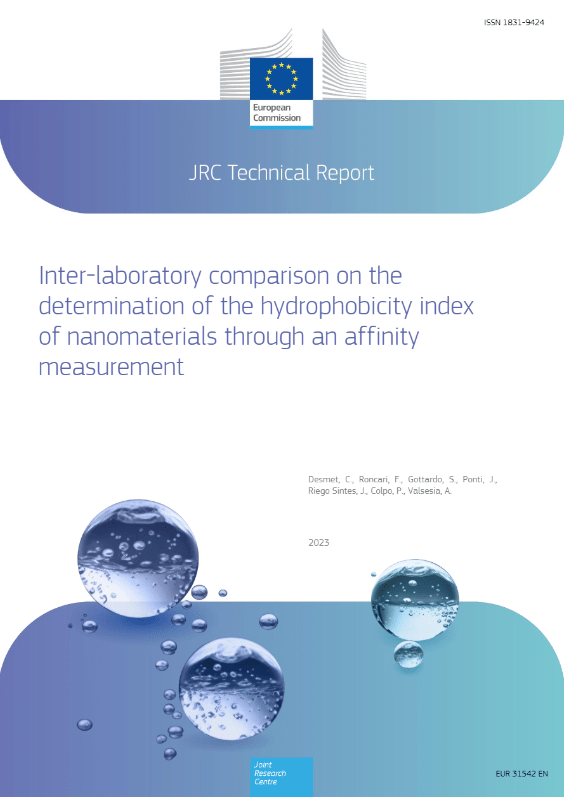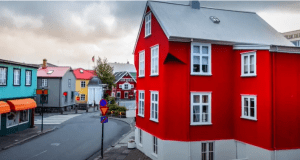
CDE Almería - Centro de Documentación Europea - Universidad de Almería
Centro de Documentación Europea de la Universidad de Almería
Cultura y Educación
Documentación comunitaria en las áreas de Cooperación Internacional Universitaria, Digitalización en el Ámbito Educativo, Espacio Europeo de Educación Superior y Patrimonio Cultural Europeo. Contiene también las últimas noticias, mediateca y boletines relacionados con la materia.
Estás aquí: Fondo Digital CDE > Cultura y Educación

This study assesses the EU Global Gateway strategy in terms of its strategic governance and implementation in its first year. To this end, the Global Gateway’s policy context, financial architecture and initial flagship projects were examined by means of a desk review and multi-stakeholder consultations. At the same time, a preliminary assessment was conducted using the criteria laid down by the Development Assistance Committee of the Organisation for Economic Co-operation and Development. The assessment results provide a mixed picture, especially regarding the implementation of the Global Gateway. Finally, a set of recommendations was compiled for the EU institutions, particularly the European Parliament, and the EU Member States with a view to enhancing the effectiveness, efficiency and impact of the Global Gateway and improving its democratic and budgetary oversight.
[Leer Más]A severe drought is affecting the western Mediterranean, due to a persistent lack of precipitation and positive temperature anomalies for more than one year, and following exceptionally dry and warm late winter and spring conditions. Substantial negative anomalies of soil moisture, river flow and vegetation biomass have triggered extensive warning and alert conditions as signalled by the EDO’s Combined Drought Indicator.
[Leer Más]Hydrophobicity is a physico-chemical property that may influence the fate of nanomaterials in the environment and biological matrices. A method to characterise the hydrophobicity of nanomaterials was developed at the JRC and proposed as an OECD Test Guideline. In this context, the JRC led an Inter-laboratory comparison (ILC) aiming to assess the transferability of the standard operating procedure. The method is based on the measurement of the affinity of nanomaterials to engineered collectors. Nine laboratories participated to this ILC. The variability of the measurements and the reproducibility of the calculation of the Hydrophobicity Index were assessed according to the International Standard ISO 5725-2. Accordingly, with Z-scores < 2 for all the participants, the determination of the Hydrophobicity Index was considered satisfactory. The method was adopted by the OECD Working Party of the National Coordinators of the Test Guidelines Programme in April 2023 as Test Guideline 126.
[Leer Más]- « Anterior
- 1
- …
- 124
- 125
- 126
- 127
- 128
- …
- 4.375
- Siguiente »
Noticias relacionadas
Boletines CDE
- BOLETÍN INFORMATIVO EDUCACIÓN Y CULTURA EN LA UE (Nº9)
- BOLETÍN INFORMATIVO EDUCACIÓN Y CULTURA EN LA UE (Nº8)
- BOLETÍN INFORMATIVO EDUCACIÓN Y CULTURA EN LA UE (Nº7)
- BOLETÍN INFORMATIVO EDUCACIÓN Y CULTURA EN LA UE (Nº6)
- BOLETÍN INFORMATIVO EDUCACIÓN Y CULTURA EN LA UE (Nº5)
- BOLETÍN INFORMATIVO EDUCACIÓN Y CULTURA EN LA UE (Nº4)
- BOLETÍN INFORMATIVO EDUCACIÓN Y CULTURA EN LA UE(Nº 3)
- BOLETÍN INFORMATIVO EDUCACIÓN Y CULTURA EN LA UE (Nº 2)
- BOLETÍN INFORMATIVO EDUCACIÓN Y CULTURA EN LA UE (Nº1)








